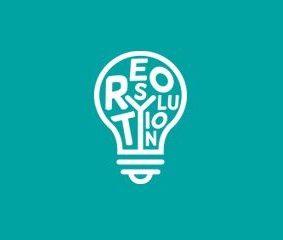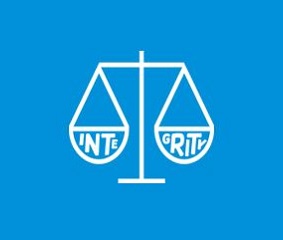It all begins with the "simple" customer log-on; whether it's shopping, investing, banking, or just browsing a company's website, more and more people are using digital and self-service channels. However, all too often, existing and potential customers are frustrated with an essential aspect of that experience: the log-on. Instead of being a smooth, connected experience, it becomes a disjointed and redundant process.
Where simplicity is desired, complexity abounds. What should be quick and easy for your customers becomes time-consuming, takes too many steps, and forces them to supply the same information multiple times.
When this happens enough times, customer attrition rates rise and your business suffers. Fortunately, it doesn't have to be that way. This report offers tangible recommendations to improving the authentication experience and process, resulting in more satisfied customers and a better bottom line.
Consumer frustration is bad for business
Studies have shown that many consumers are frustrated and feel that companies aren't meeting their needs through digital channels. KPMG’s own Connected Enterprise research underscores the importance of this—38% of customer-centric organizations are more likely to report greater profitability than their competitors.2 For businesses to satisfy customer wants to create engaging experiences throughout the customer lifecycle, marketers should start at the very beginning of a customer’s journey.
The scary part for you is that nearly three-quarters of consumers question why they are doing business with companies that produce these frustrations and are considering doing business with someone else.1
One of the leading sources of frustration lies within the identity authentication process that's part of the log-on—and coincidentally the very first experience your customers have when interacting with your company. More than 60 percent of consumers reported abandoning transactions because of authentication difficulties, and more than 80 percent said they would prefer doing business with companies that make authentication easy and safe. Further, 85 percent reported that a complicated authentication process negatively reflects on a company, with 53 percent reporting that it has a "major" or "significant" adverse impact.3














